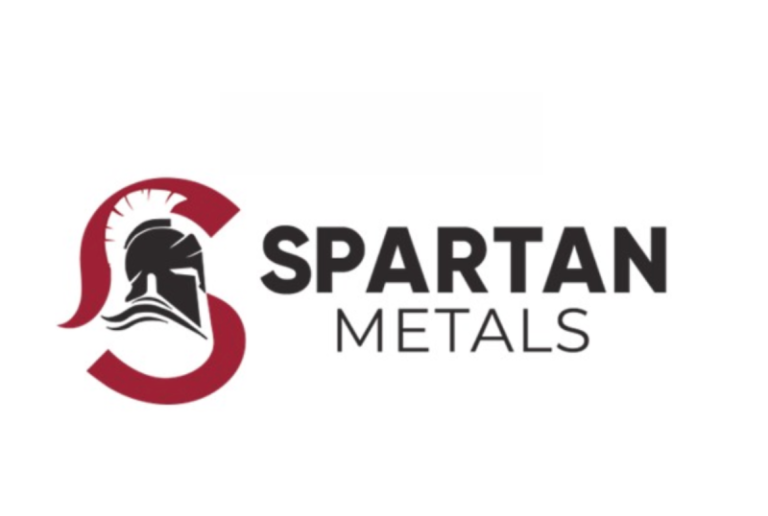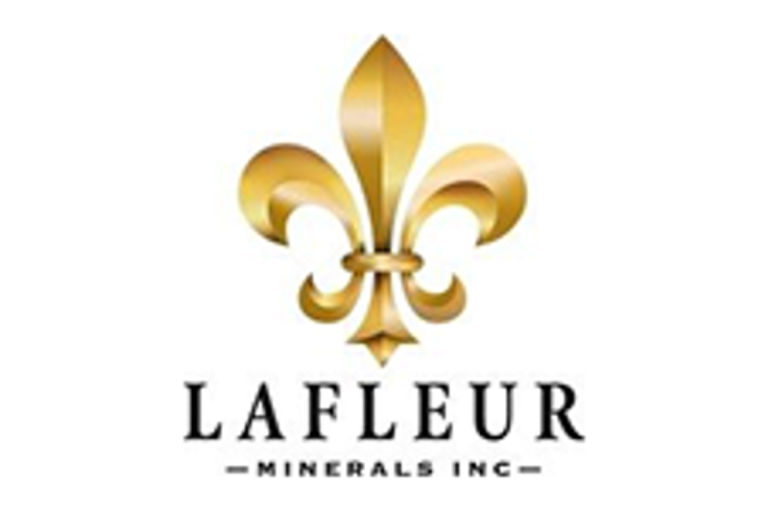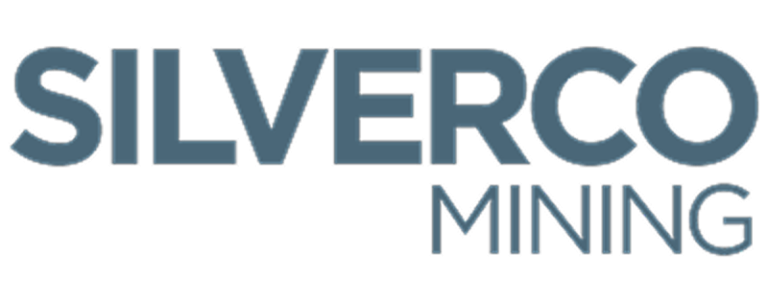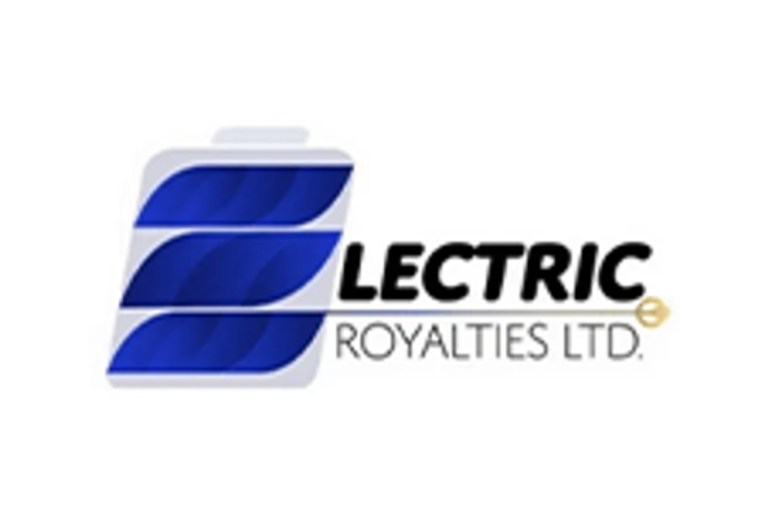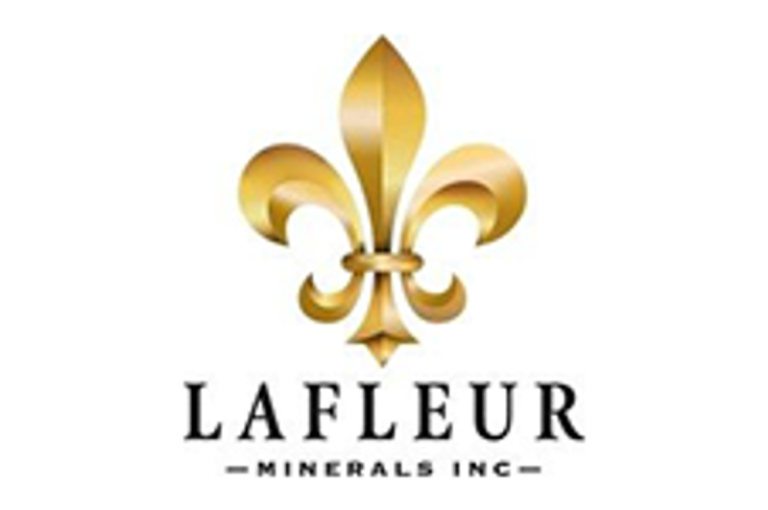(TheNewswire)
Vancouver, Canada, December 9, 2025 TheNewswire – Spartan Metals Corp. (‘ Spartan ‘ or the ‘ Company ‘) (TSX-V: W | OTCQB: SPRMF | FSE: J03) is pleased to announce the discovery of two new tungsten-silver-rubidium exploration targets at the Tungstonia deposit part of the company’s 100% owned Eagle Tungsten-Silver-Rubidium Project (‘ Eagle ‘ or ‘ Project ‘) in eastern Nevada.
Highlights:
-
Soil samples taken provided near complete coverage of the original Tungstonia and Rees claim blocks on 100-meter (‘m’) x 100m grid totalling approximately 2,100 samples covering about 20 square kilometers (‘km ‘).
-
Encouraging grades in soil at Tungstonia suggest near-surface mineralization included:
-
Tungsten up to 272 parts per million (‘ppm’) with 76 samples over 50 ppm
-
Silver up to 5.9 grams per tonne (‘g/t’) with 57 samples over 1.0 g/t
-
Rubidium up to 537 ppm with 56 samples over 300 ppm
-
-
Discovered two new exploration targets:
-
Significant ~2.0 km x ~1.7 km anomaly outlined by coincident tungsten-silver-rubidium enrichment on western portion of Tungstonia claims that follows the same structural trends and spacings observed at the legacy past-producing Tungstonia mine approximately 1.5 km to northwest
-
Substantial ~0.75 km x ~2.1 km anomaly in southeast portion of Tungstonia claims trending southeast
-
Soil sample results from the 2025 surface geology program that commenced on October 16, 2025 , have outlined an approximate 2.0 km x 1.7 km surface anomaly that is aligned with regional trends observed at past-producing Tungstonia Mine and a second 0.75 km x 2.1 km surface anomaly in the southeast portion of the Tungstonia claims that confirm mapped veins and structured identified earlier this year. The soil results from the Rees block did not yield any new targets. The results of the soil sample program will help generate drill targets for a spring 2026 drill program.
Brett Marsh, Spartan’s President and CEO, states, ‘These soil results are very exciting as they validate our exploration model and generate important steps toward defining drill targets at Tungstonia. We initiated our surface exploration program with two key objectives; to extend the known veins at the legacy Tungstonia mine, and to define new veins in the western portion of the Tungstonia Claim block. I believe the results of the hard work completed by our team has successfully met those objectives.’
Mr. Marsh continues, ‘The strength and extent of the anomalies — in some cases exceeding those observed around the past-producing Tungstonia mine — highlight the potential for a significantly larger mineral system than historically recognized. These new targets strengthen Spartan’s position within the U.S. critical minerals onshoring landscape. Our team is eager to continue working with our data to generate meaningful drill targets for a drill program in the spring of 2026.’
Tungsten in the soil samples at Tungstonia showing two anomalous zones. The Western Tungsten Anomaly is aligned with the north-northeasterly structural trend observed at the legacy Tungstonia mine. The Southeastern Tungsten Anomaly appears to coincide with intrusive contacts with carbonaceous sediments that could extend further to the southeast. Note that the soil results in these anomalies appears to be stronger than those obtained from the known Tungstonia mine area suggesting significant new exploration potential (Figure 1).
Silver in the soil samples at Tungstonia showing two anomalous zones coinciding with the tungsten anomalies shown in Figure 1. Note that the soil results in these anomalies appears to be stronger than those obtained from the known Tungstonia mine area suggesting significant new exploration potential (Figure 2).
Rubidium in the soil samples at Tungstonia showing two anomalous zones coinciding with the tungsten and silver anomalies shown in Figures 1 and 2 respectively. Note that the soil results in these anomalies appears to be stronger than those obtained from the known Tungstonia mine area suggesting significant new exploration potential (Figure 3).
Significance of Soil Results
Soil sampling is typically used at early stages of exploration to quickly identify geochemical anomalies that can indicate underlying mineralization, veins, favorable alteration, or to help understand geological controls such as, structural trends. Soils form from breakdown of underlying rock and higher grades (hundreds of parts per million or several grams per tonne) can be indicative of mineralization near the surface and increase confidence that the identified anomalies are genuine. Tungsten, silver, and rubidium at the Tungstonia claims show overlapping elevated values that are reasonably well aligned regional structural trends that control mineralization at the legacy Tungstonia mine, so the newly defined targets are potentially material and could be significant additions to the mineralization at the Tungstonia deposit.
Additionally, the soil results in these two anomalous areas appear to have a stronger signature that what was returned over the legacy past-producing Tungstonia mine area. This is potentially indicative of meaningful tungsten, silver, and rubidium mineralization in these large areas.
Click Image To View Full Size
Figure 1 Tungsten in soils at Tungstonia showing two anomalous zones: the Western tungsten Anomaly and the Southeastern Anomaly.
Click Image To View Full Size
Figure 2 Silver in soil at Tungstonia showing two anomalous zones coinciding with the tungsten anomalies shown in Figure 1.
Click Image To View Full Size
Figure 3 Rubidium in soils at Tungstonia showing two anomalous zones coinciding with the tungsten and silver anomalies shown in Figures 1 and 2, respectively.
QA/QC Procedures
Samples were submitted to American Assay Lab (AAL) of Sparks, Nevada, which is a certified and accredited laboratory, independent of the Company. Samples are prepared using industry standard-prep methods and analyzed using method IO-4AB51 (51 element suite: 0.5g 4-acid plus boric acid hot block, ICP-OES plus IM-4ABEx ICP-MS for Rb. AAL undertakes its own internal coarse and pulp duplicate analysis to ensure proper sample preparation and equipment calibration. Spartan’s QAQC includes regular insertion of CRM standards, duplicates, and blanks with a stringent review of results completed by the Company’s Qualified Person, Brett R. Marsh, President and CEO of Spartan Metals.
About The Eagle Project
The Eagle Project presents a unique opportunity to delineate one of the largest and highest-grade Tungsten (‘W’) and Rubidium (‘Rb’) districts in the United States. The Project consists of the past-producing high-grade Tungstonia and Rees/Antelope tungsten (W-Cu-Ag) mines. Operations at these mines were from 1915 to 1942 with intermittent small-scale production occurring until 1956. Tungsten production from these two mines totaled 8,379 units at grades between 0.6%-0.9% WO 3 (1).
The Project is ~36.5 km² in size and located approximately 120 kilometers northeast of the town of Ely, in the Kern Mountains of White Pine County, Nevada. The Project covers 9,033 acres consisting of 445 Bureau of Land Management (BLM) unpatented lode mining claims.
Three deposit types are present at Eagle; Porphyry, Skarn, and Carbonate Replacement (CRD) that contain significant or anomalous grades of Tungsten (W), Silver (Ag), and Rubidium (Rb) plus Cu-Sb±Au-Pb-Zn-Bi-As across three project focus areas that also includes the potential to recover W-Rb-Ag from the legacy Tungstonia Mill Tailings.
(1) Nevada Bureau of Mines and Geology (1988), Bulletin 105 p213-217
The technical information contained in this news release has been prepared under the supervision of, and approved by Brett R. Marsh, CPG. Mr. Marsh is President and CEO of Spartan Metals Corp. and a ‘qualified person’ as defined under National Instrument 43-101 – Standards of Disclosure for Mineral Projects .
About Spartan Metals Corp.
Spartan Metals is focused on developing critical minerals projects in well-established and stable mining jurisdictions in the Western United States, with an emphasis on building a portfolio of diverse strategic defense minerals such as Tungsten, Rubidium, Antimony, Bismuth, and Arsenic.
Spartan’s flagship project is the Eagle Project in eastern Nevada that consists of the highest-grade historic tungsten resource in the USA (the past-producing Tungstonia Mine) along with significant under-defined resources consisting of: high-grade rubidium; antimony; bismuth; indium; as well as precious and base metals. More information about Spartan Metals can be found at www.SpartanMetals.com
On behalf of the Board of Spartan
‘Brett Marsh’
President, CEO & Director
Further Information:
Brett Marsh, M.Sc., MBA, CPG
President, CEO & Director
1-888-535-0325
info@spartanmetals.com
Neither the TSX Venture Exchange nor its Regulation Service Provider (as that term is defined in the policies of the TSX Venture Exchange) accepts responsibility for the adequacy or accuracy of this press release
Forward Looking Statements
This news release contains statements that constitute ‘forward-looking statements.’ Such forward looking statements involve known and unknown risks, uncertainties and other factors that may cause the Company’s actual results, performance or achievements, or developments in the industry to differ materially from the anticipated results, performance or achievements expressed or implied by such forward-looking statements. Forward-looking statements are statements that are not historical facts and are generally, but not always, identified by the words ‘expects,’ ‘plans,’ ‘anticipates,’ ‘believes,’ ‘intends,’ ‘estimates,’ ‘projects,’ ‘potential’ and similar expressions, or that events or conditions ‘will,’ ‘would,’ ‘may,’ ‘could’ or ‘should’ occur. Forward-Looking Information in this news release, Spartan has applied several material assumptions, including, but not limited to, assumptions that: the current objectives concerning the Company’s projects can be achieved and that its other corporate activities will proceed as expected; that general business and economic conditions will not change in a materially adverse manner; and that all requisite information will be available in a timely manner.
Although the Company believes the forward-looking information contained in this news release is reasonable based on information available on the date hereof, by their nature forward-looking statements involve known and unknown risks, uncertainties and other factors which may cause our actual results, performance or achievements, or other future events, to be materially different from any future results, performance or achievements expressed or implied by such forward-looking statements. By their nature, these statements involve a variety of assumptions, known and unknown risks and uncertainties and other factors, which may cause actual results, levels of activity and achievements to differ materially from those expressed or implied by such statements.
Examples of such assumptions, risks and uncertainties include, without limitation, assumptions, risks and uncertainties associated with general economic conditions; adverse industry events; future legislative and regulatory developments; the Company’s ability to access sufficient capital from internal and external sources, and/or inability to access sufficient capital on favorable terms; the ability of the Company to implement its business strategies; competition; the ability of the Company to obtain and retain all applicable regulatory and other approvals and other assumptions, risks and uncertainties.
THE FORWARD-LOOKING INFORMATION CONTAINED IN THIS NEWS RELEASE REPRESENTS THE EXPECTATIONS OF THE COMPANY AS OF THE DATE OF THIS NEWS RELEASE AND, ACCORDINGLY, IS SUBJECT TO CHANGE AFTER SUCH DATE. READERS SHOULD NOT PLACE UNDUE IMPORTANCE ON FORWARD-LOOKING INFORMATION AND SHOULD NOT RELY UPON THIS INFORMATION AS OF ANY OTHER DATE. WHILE THE COMPANY MAY ELECT TO, IT DOES NOT UNDERTAKE TO UPDATE THIS INFORMATION AT ANY PARTICULAR TIME EXCEPT AS REQUIRED IN ACCORDANCE WITH APPLICABLE LAWS.
Copyright (c) 2025 TheNewswire – All rights reserved.
News Provided by TheNewsWire via QuoteMedia

